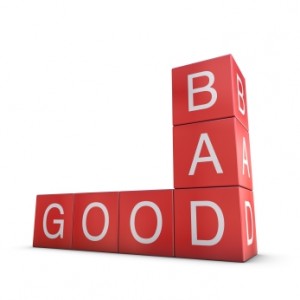scheduling sales appointments
-
Why I Believe We Should Blow up the Business Development Rep (BDR) Role in Sales
- March 29, 2021
- Posted by: Dave Kurlan
- Category: Understanding the Sales Force

For decades it was normal practice for Copy Machine, Office Supply, Cell Phones, Life Insurance and Residential Real Estate companies to recruit and train (a little classroom) rookie salespeople and then have them spend years making Cold Calls. Industries like those continue to suffer from the highest voluntary turnover rates you can imagine and the practice is not entirely different from what tech companies are doing with the BDR Role.
But why? Whose brilliant idea was this?
-
First Steps to Generate More Sales Opportunities Today
- November 5, 2020
- Posted by: Dave Kurlan
- Category: Understanding the Sales Force

-
Difference Between a Good Sales Email vs. Bad
- April 27, 2015
- Posted by: Dave Kurlan
- Category: Understanding the Sales Force

I received a request for help via email. The reader asked if I could recommend a response to an email reply he received (at least he got a reply!). The thing is, he deserved the reply he received because his introductory email absolutely sucked! In today’s article I’ll share what he wrote, the reply he received, and my recommended response. All of the names and organizations have been changed to protect the innocent. Ready? Here’s his original introductory email:
-
Top 3 Keys to Convert Phone Calls to Meetings
- April 6, 2015
- Posted by: Dave Kurlan
- Category: Understanding the Sales Force

I had just finished speaking in Bozeman, Montana and was sitting in a delicious little breakfast cafe (think cowboy truck stop). That’s when I was asked to explain how to maintain control of a cold call. Well, the environment screamed rodeo, my inner voice yelled riding and taming a bull, but my voice of reason began talking about the concept of flow, patience, listening and staying in the moment.
There are really only three primary things required to keep a call going long enough to get a disinterested prospect engaged:
-
How Stealing 2nd Base is Today’s Secret to Success in Sales
- June 16, 2014
- Posted by: Dave Kurlan
- Category: Understanding the Sales Force
The count on the batter was 2-1 and it was time for a desperate fourth chat. This time, I demanded, with dire consequences (that I won’t reveal here), that he steal. He went. The catcher threw and he was safe at 2nd and the run scored. A momentary victory in the game within the game. A play that will change him, even though it wouldn’t change the eventual outcome of the game.
This morning, thinking about that play again, I’m reminded of two selling scenarios that are nearly identical.

